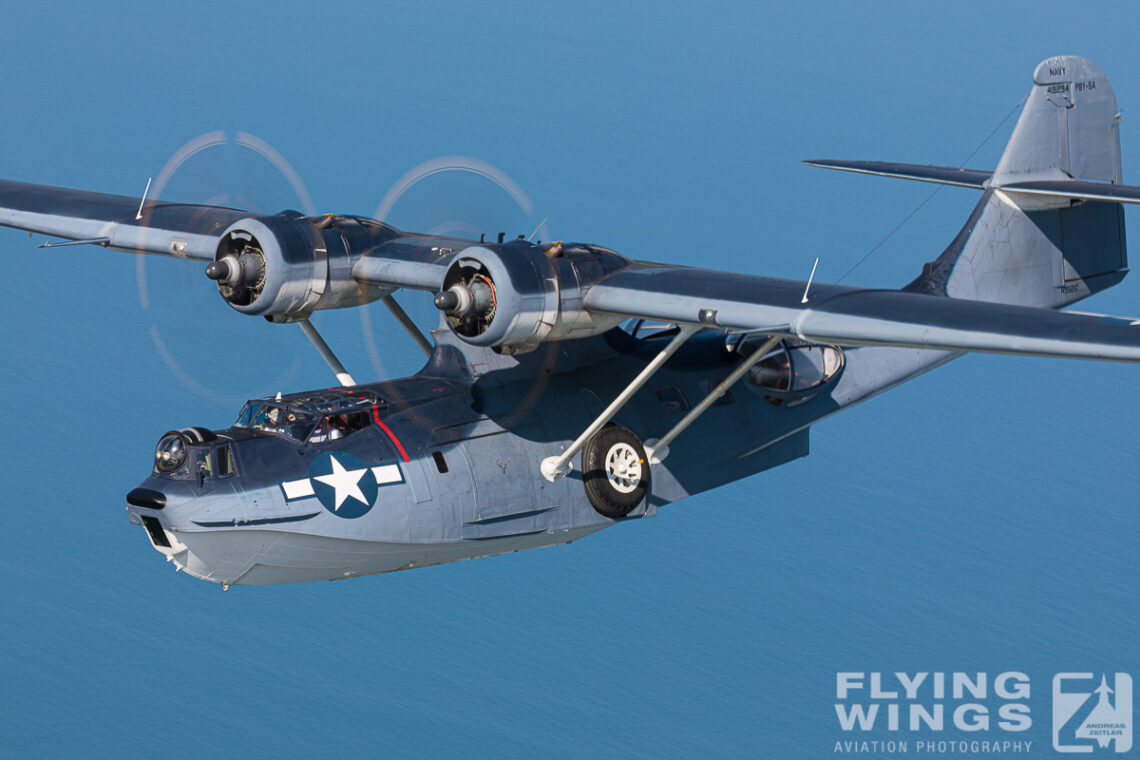
Consolidated PBY-5A Catalina
During World War II, the Consolidated PBY-5 Catalina flying boat became famous for its long-endurance missions over the Pacific and Atlantic Ocean against enemy ships and submarines. Only very few aircraft are still left today in flying condition. One is located not far away from its former wartime base Norfolk, Virgina, at the Military Aviation Museum just South of Virgina Beach. It represents one of the museum’s collection jewels, and stands out not only due to its fully documented history.
Where? Military Aviation Museum, Virginia Beach
When? Spring 2017
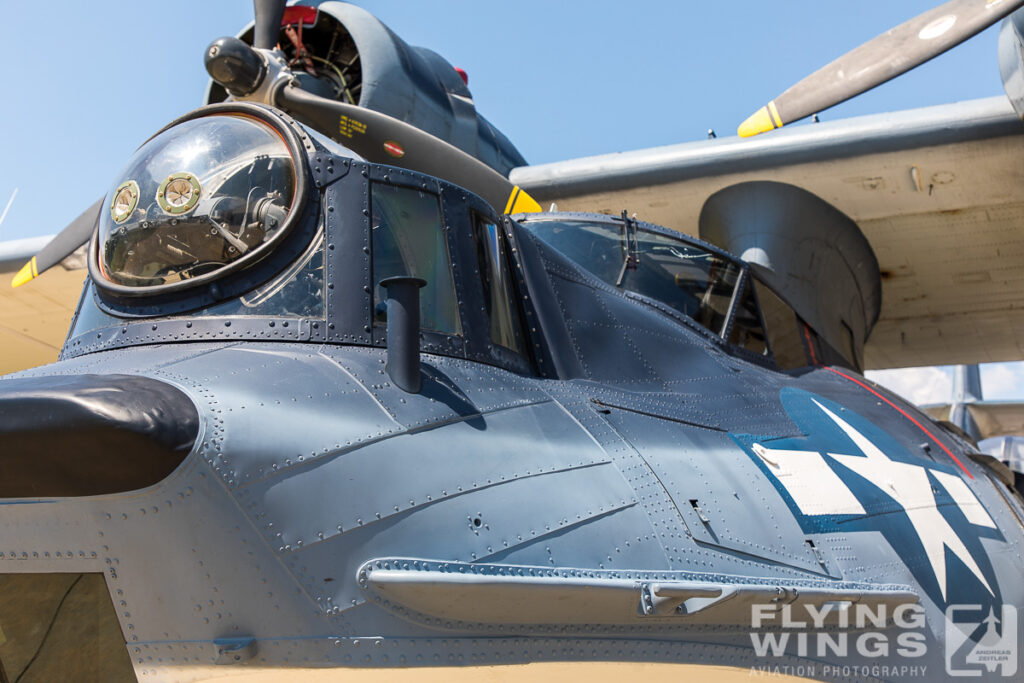
That particular PBY-5A (S/N 48294) was built by the Consolidated aircraft factory in San Diego, California. The flying boat had its first flight on October 23, 1943 and was subsequently handed over to Fleet Air Wing (FAW) 14 at Naval Air Station (NAS) San Diego. But only two weeks later, the aircraft was already transfer to Norfolk, Virginia, on the East Coast. The flight crew at the time carried out the transfer non-stop in a remarkable 19.2 hours long lasting flight.
After its arrival in Norfolk, the Catalina received necessary modifications for wartime service. In particular, the mounts for torpedoes and depth charges were mounted under the wings, and she was also painted in the predominantly white camouflage painting and with a pale blue top side of the large wing and the front fuselage area.
(whereas she) is difficult to control, we like the challenge of flying our Catalina well!
The transfer to Norfolk happened as the Catalina was to be deployed over the Atlantic Ocean to hunt German submarines. Its first missions were flown out of Agadir, Morocco. Being assigned to VPB-92, she received the code ‚P-3‘ on her nose and the main area of operation was in the area between the Canary Islands up to to the Strait of Gibraltar and to the Azores. The stay in Morocco was however short-lived, because only a month later the Squadron was assigned to FAW-11 and took over tasks in the area of the West Indies.
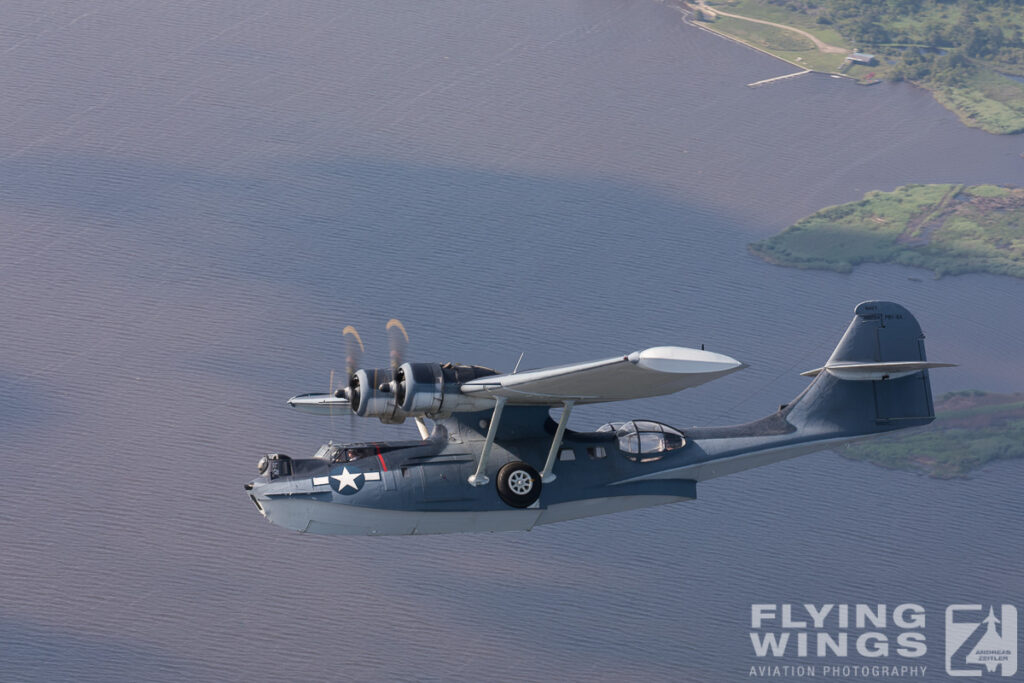
The PBY once again crossed the Atlantic Ocean, this time West-bound. Its new designated home was Trinidad, where the eight-man crew arrived on March 2, 1944. Over the warm waters of the South Atlantic and the Caribbean, VPB-92 often had to struggle with heavy tropical rain. Due to this, their flying boats sometimes had to stay on the ground for several days. But by that time, German submarines only very rarely advanced into these areas. Mainly routine patrols were flown until November 1944, before the Catalinas relocated back to the mainland of the United States. From NAS Quonset Point on Rhode Island, they were supposed to protect the sea routes to and from New York. 48294 however remained a bit longer in the Caribbean, as its logbook records show amongst others a 3.5-hour flight on Christmas Day 1944 from San Juan in Puerto Rico. The remaining crews of the Squadron struggled on the same day with cold and icy conditions over the North Atlantic…
At the end of the war, the Catalina logged 1218.2 flight hours. VPB-92 was officially disbanded on May 28, 1945 and its aircraft were transferred to NAS Norfolk in Virginia, where they were demilitarized and converted for service with the US Coast Guard.
On August 5, 1953 the Catalina ended up in an aircraft graveyard near Phoenix, Arizona. This terminated the military part of its flying career. It remained there until it was deleted from the US Navy inventory three years later. After a total of more than 3,500 flight hours, its service to the nation was over, and she was about to continue her life in the civil hands like many other military aircraft after WW II.
In civil hands
The civil life that followed was no less eventful, as this Catalina went through the hands of several owners, and was used in areas from cold Alaska down to Ecuador in Central America. In 1985, the aircraft was even confiscated by the US authorities as part of a drug raid and then sold to a former TWA flight captain. Around this time, those old military aircraft of WW II gradually gained in popularity as warbirds. Still showing a configuration as a pure transport aircraft, the restoration started to bring it back to a more or less original configuration. It turned out to be a lengthy process, including several changes in ownership.
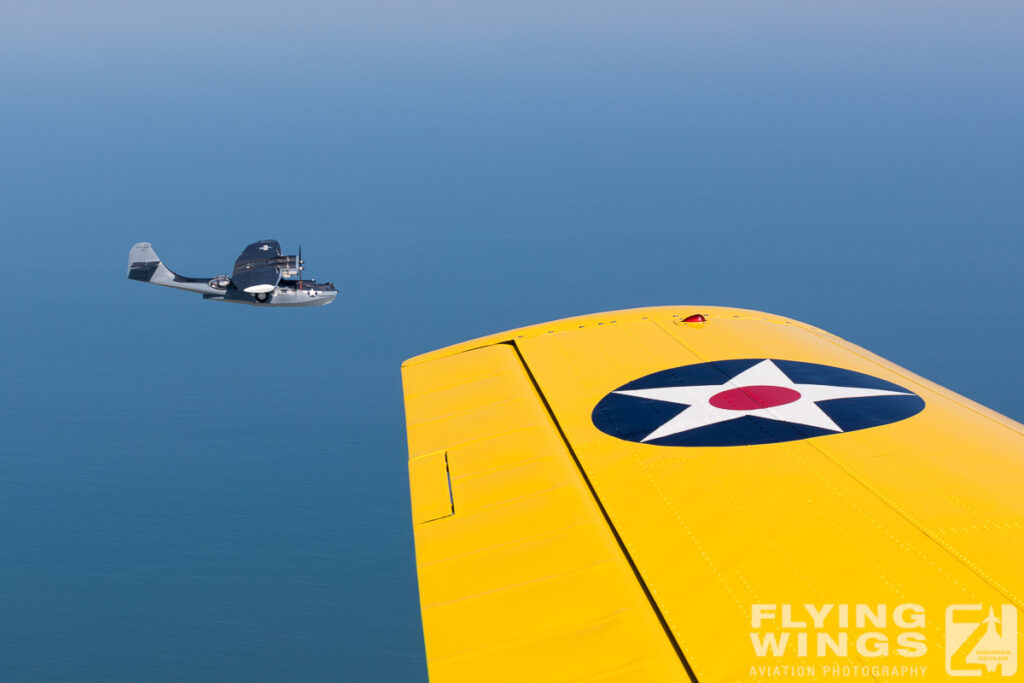
Now wearing a late US Navy color scheme in two shades of blue and a white fuselage, the flying boat finally arrived in Italy in May 1995 and could be admired at several airshows around Europe. Following that, she was sold to South Africa and used for sightseeing flights. Little later, its owners decided to fly the Catalina EAA Airventure at Oshkosh in 1999 and to show her to a large audience and – hopefully – potential buyers. The flight from South Africa to the USA was however anything but smooth and certainly the greatest flight adventure for the aircraft so far. After a transfer via Zimbabwe, Mozambique, Tanzania and Kenya, the aircraft landed in civil war-torn Djibouti. With a seemingly military aircraft, still wearing those large American national emblems, this was a particularly daring undertaking.
Following that, the landing with engine failure in Jeddah in Saudi Arabia was also unplanned, and the bureaucratic hurdles that resulted from this, led to an involuntary extension of the stay that was not foreseen.
Obviously the Catalina did not arrive at EAA Airventure at Oshkosh in time. Instead the lengthy journey ended in North Weald, England, just before crossing the Atlantic Ocean. Halfway on its planned trip, the Catalina has been put into storage and should be waiting for a new buyer in the UK.
From North Weald, its current owner, Gerald Yagen, finally acquired the PBY in November 2001 and had it prepared for the flight to its new home in Virginia Beach. It finally arrived at the Military Aviation Museum (MAM) more than 1.5 years later, on July 25, 2003; after a long wait and yet another engine change…
Flying the Catalina
At the MAM Bob Hill and Robert Cope are the only two pilots being allowed to fly the Catalina. They can look back to an impressive flying career on various cargo planes such as the DC-3 or DC-4, and Bob even did log more than 2700 hours on flying boats such as the PBY, Gruman Albatros and Canadair CL- 215 and CL-415.
Even though the Catalina is a flying legend, and Bob has got to know and love the Catalina after more than 600 hours of flying, he has to admit that “she is not a very comfortable flying boat. For the pilot, the angle between the legs and the rudder pedal is very steep. An ergonomic design was probably not taken into account in the development ”.
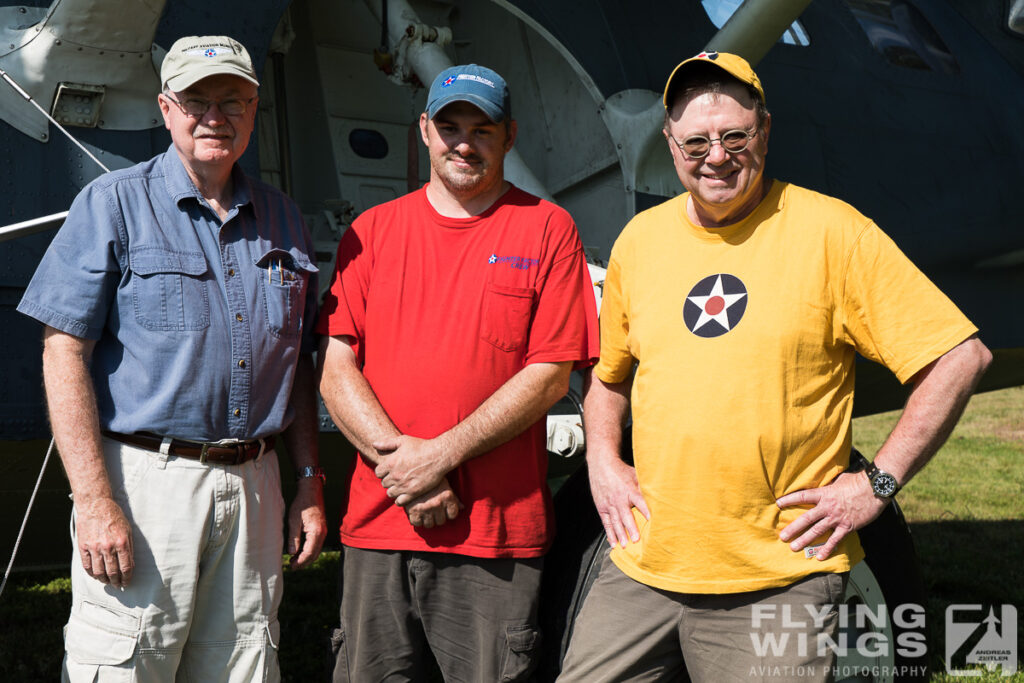
In the air the Catalina is very lethargic and cumbersome, and, when compared for example to the B-17 Flying Fortress, which has a similar size, its control forces are not very well harmonized. “They are not linear, nor are they coordinated with one another, and you need different pressures around all axes,” explains Bob his handling of the steering wheel during flight. The PBY requires a lot of power overall, but is relatively easy to steer around the transverse axis. When rolling, the wing with a wingspan of over 30m initially dampens the movement, but is then again very sluggish and difficult to stop. The hardest thing to do though is to control it around the vertical axis.
On the ground, the Catalina is equally demanding to control. The nose gear is free-wheeling of around 30 ° to both sides, and can therefore only be controlled with the brakes or the thrust levers. However, as the engines are located close to the fuselage, they are only suitable to a limited extent for building up a good steering torque to do so.
But even despite this challenges as the Flying Boat „is difficult to control, we like the challenge of flying our Catalina well”, pilot Bob still finds a conciliatory word about “his” Catalina.
In Bob’s opinion, the Catalina only survived the post-war period because this 1935 design of a flying boat received an additional landing gear in 1941. Despite some drawbacks by the airframe, this opened up a lot more possibilities for this long-range airplane. This early design can be seen in its hydrodynamics, which besides the streamlined hull can only be considered very rudimentary, as Bob explains. “The Catalina has no concept for generating hydrodynamic lift. In the water, the machine rests horizontally. Lift is generated solely by the wing, which is therefore set at an angle of 6°. During the Second World War, Catalina crews sometimes needed more than 4 km of take-off distance before the flying boat finally took off from the water!”
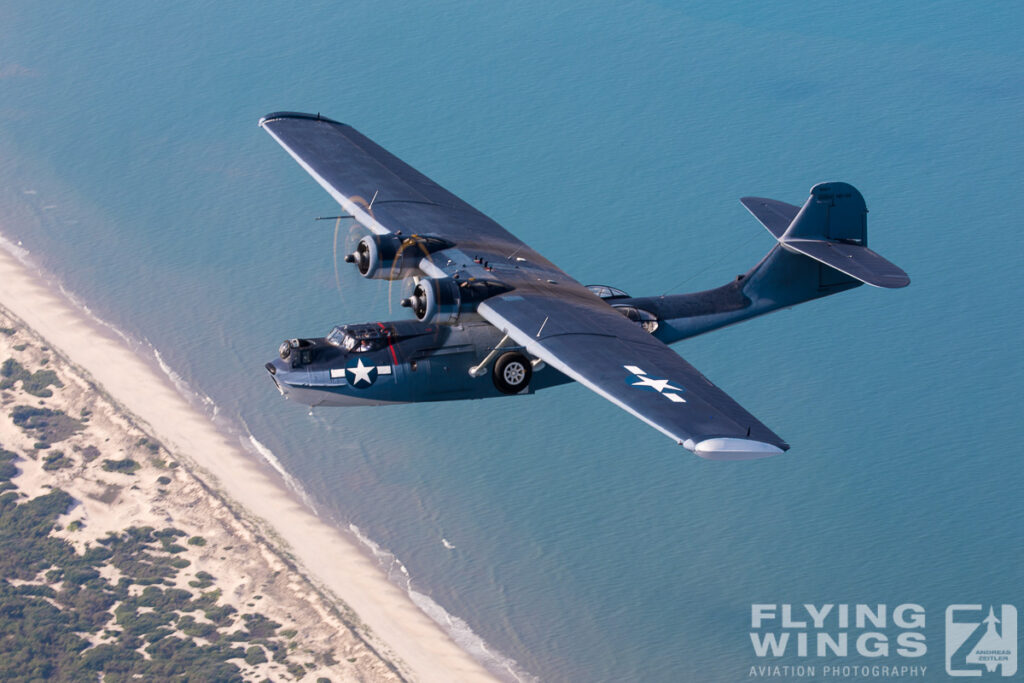
For this Catalina however, open water operations are not only forbidden due to insurance reasons, but also because they would expose this rare airplane to unnecessary corrosion from the salt water.
But even without flying it from water, from time to time the Catalina is flying West from Pungo, where she calls the Military Aviation Museum its new home. Only minutes later the crew can cruise over the blue waters of the Atlantic Ocean, not far away from Norfolk, where she started her military flying career about 80 years ago.
To see this PBY Catalina in real life, you should consider a visit to the extensive collection of the Military Aviation Museum, just South of Virgina Beach!
Sincere thanks go out to the team of the Military Aviation Museum for their support, especially Jerry, Mike, the Catalina Crew Robert, Bob and Jon, and Patrick for the ride.
Consolidated PBY-5A Catalina (S/N 48294) Photo Gallery



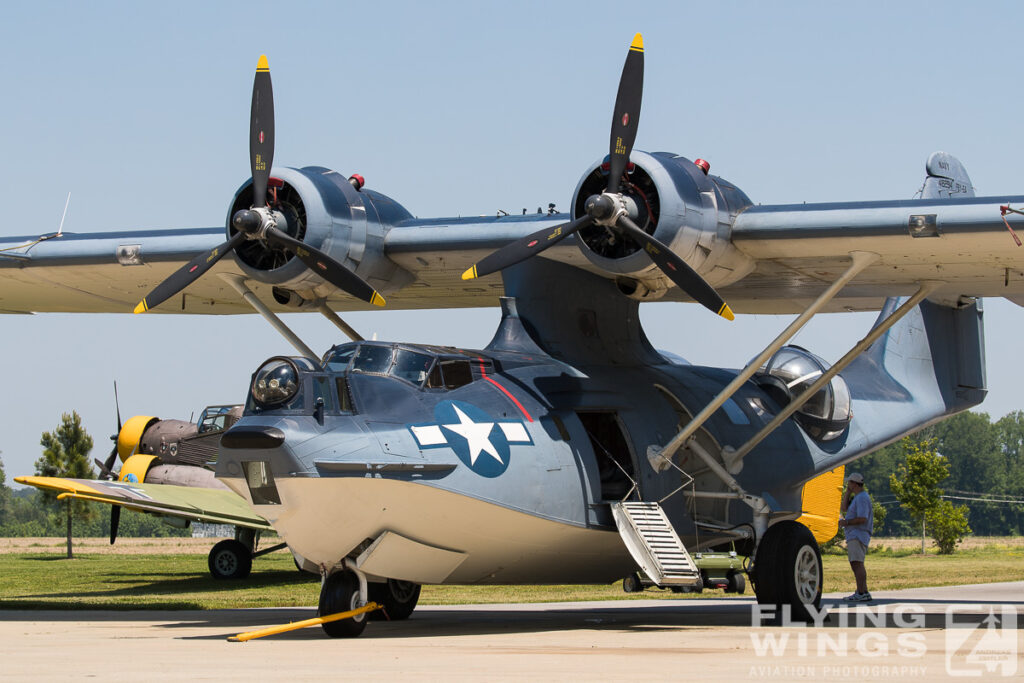

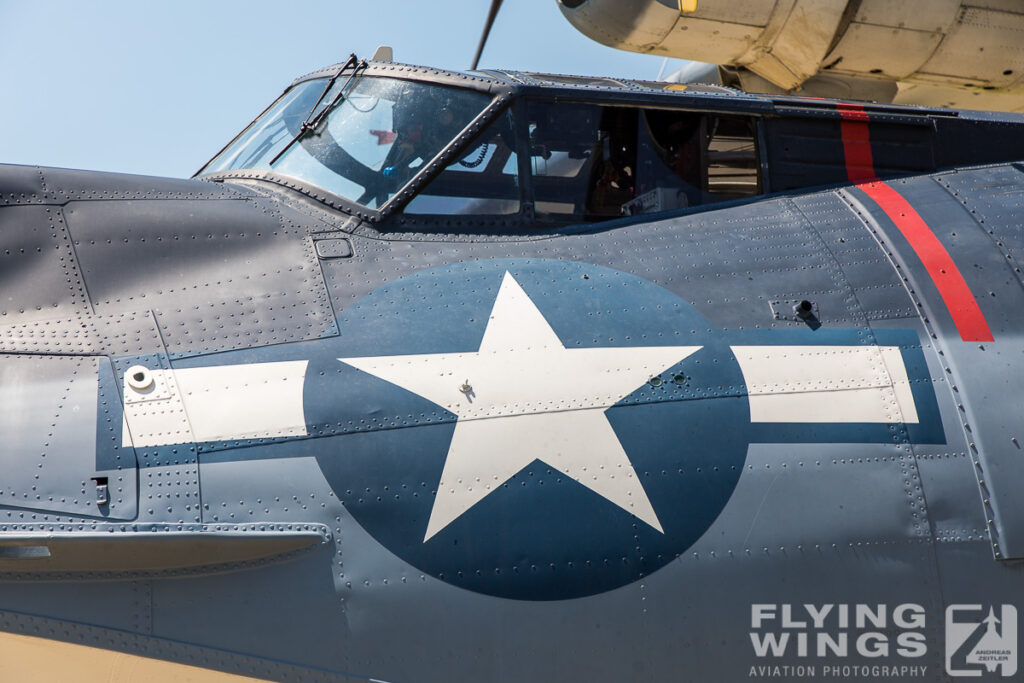
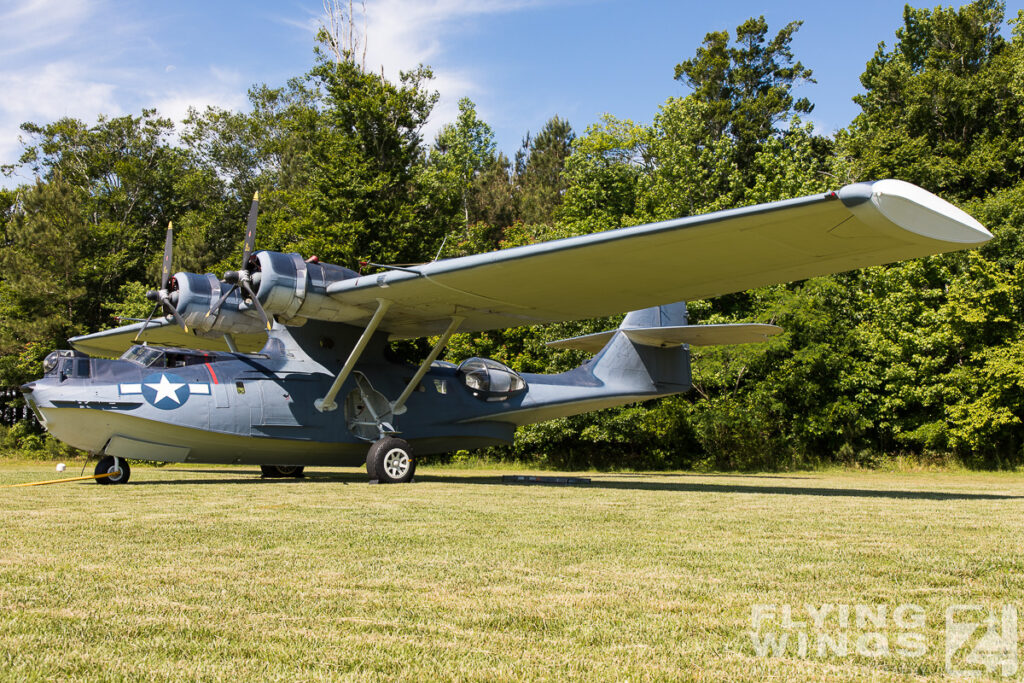
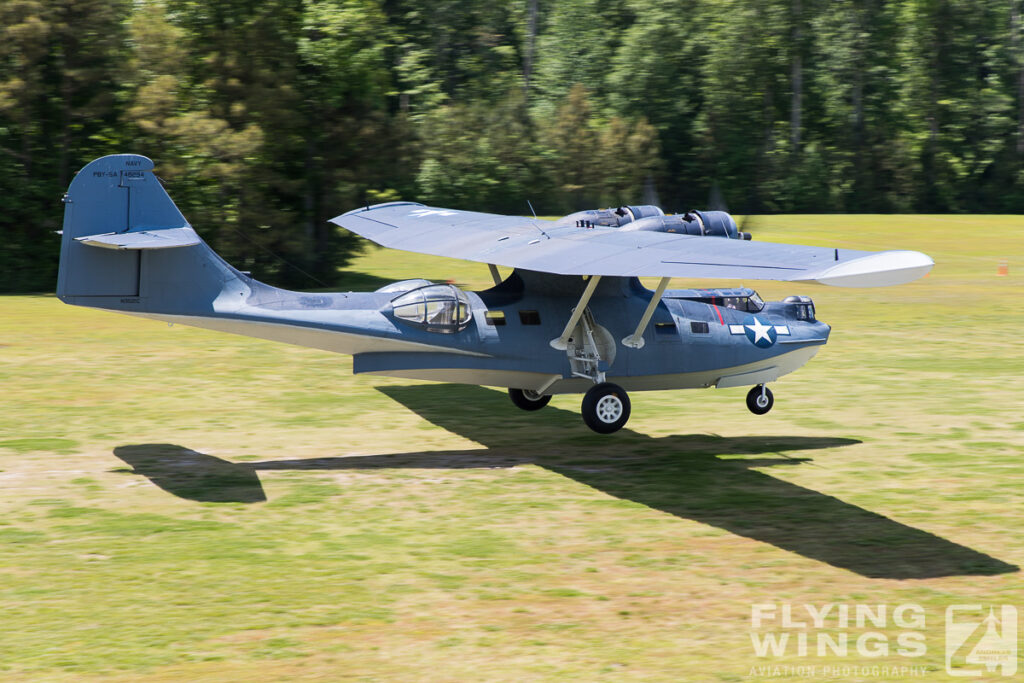
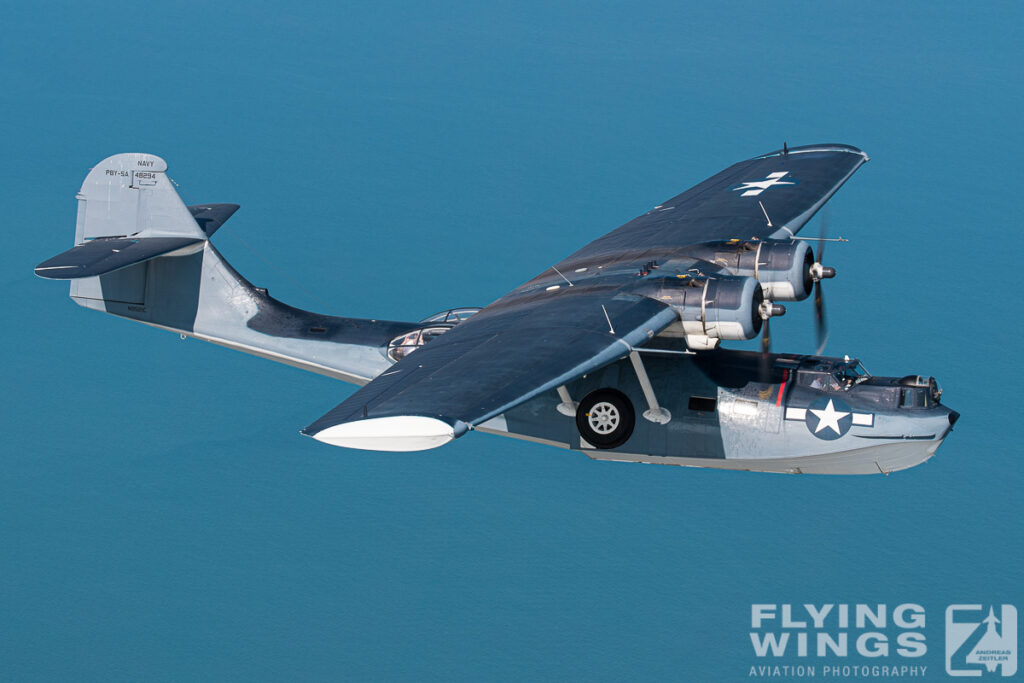
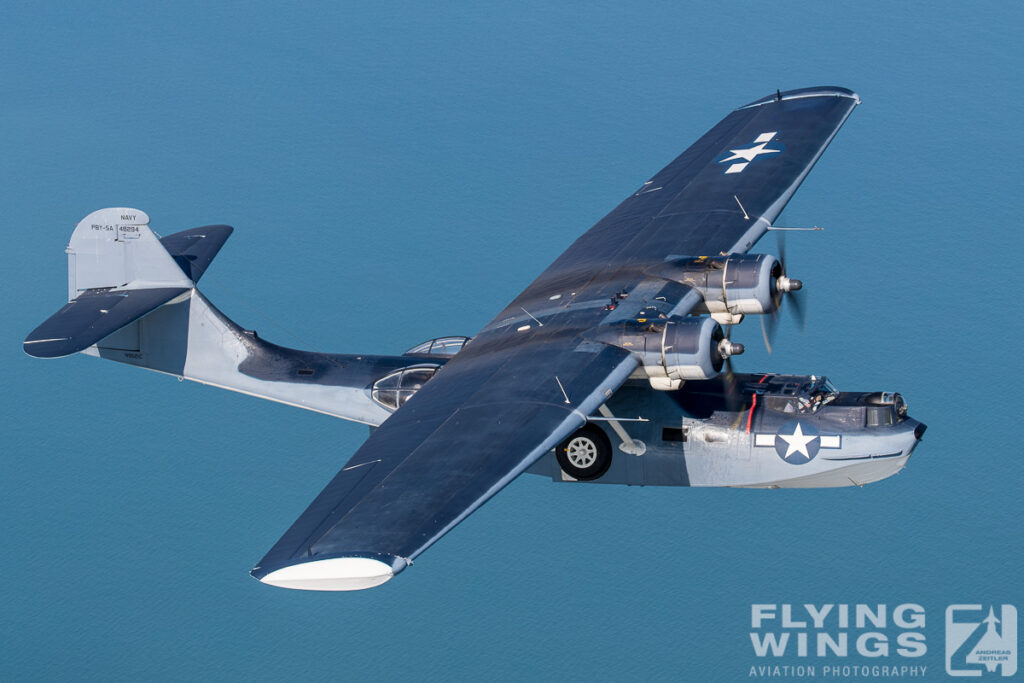

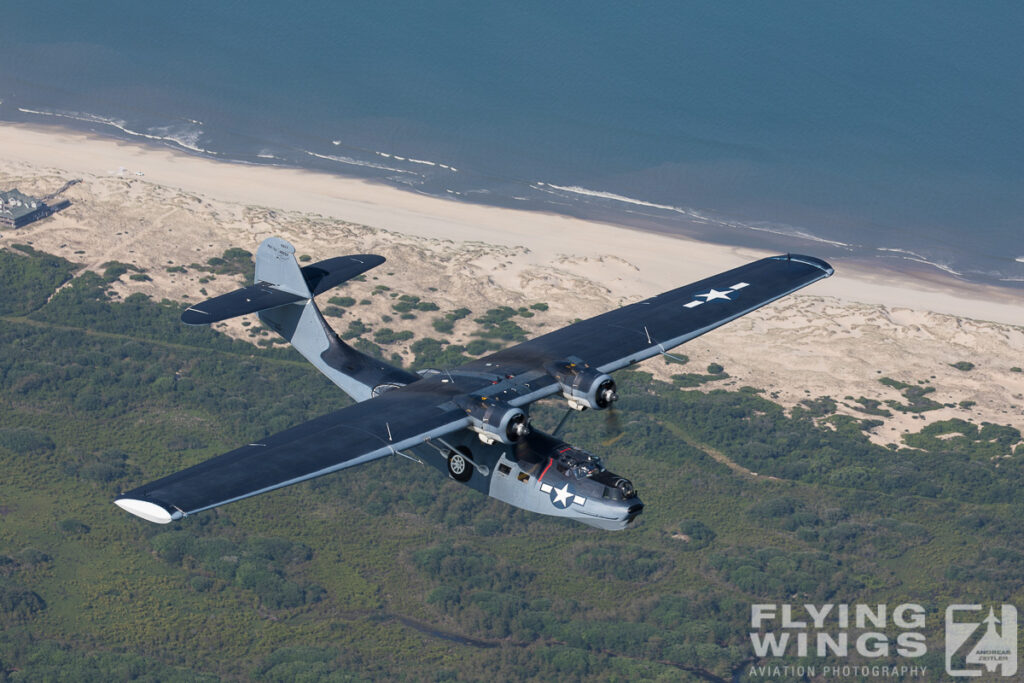
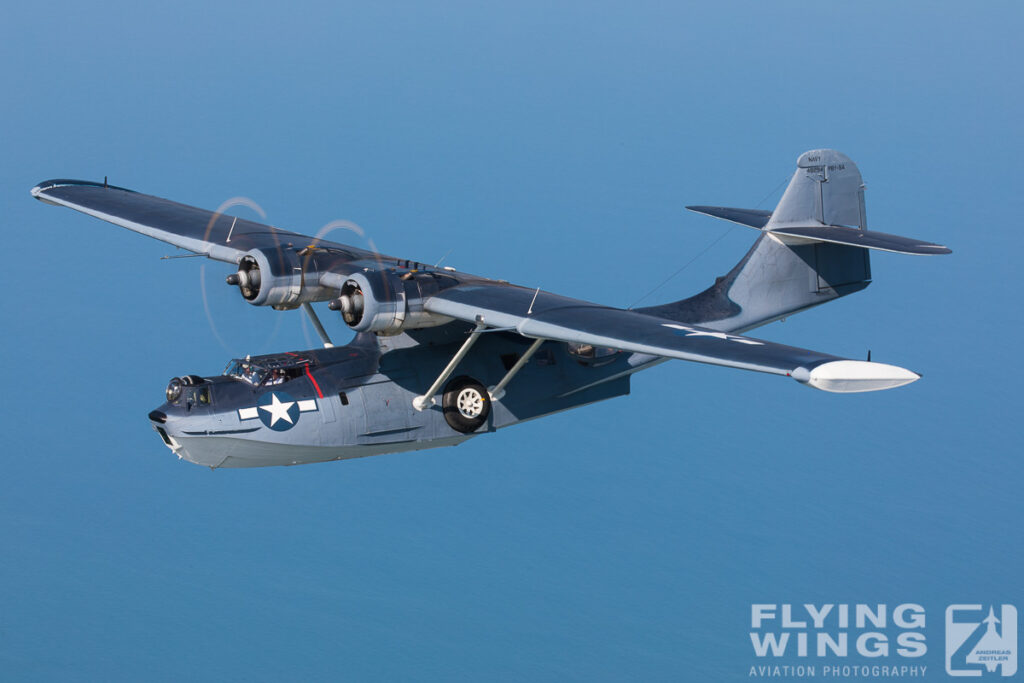
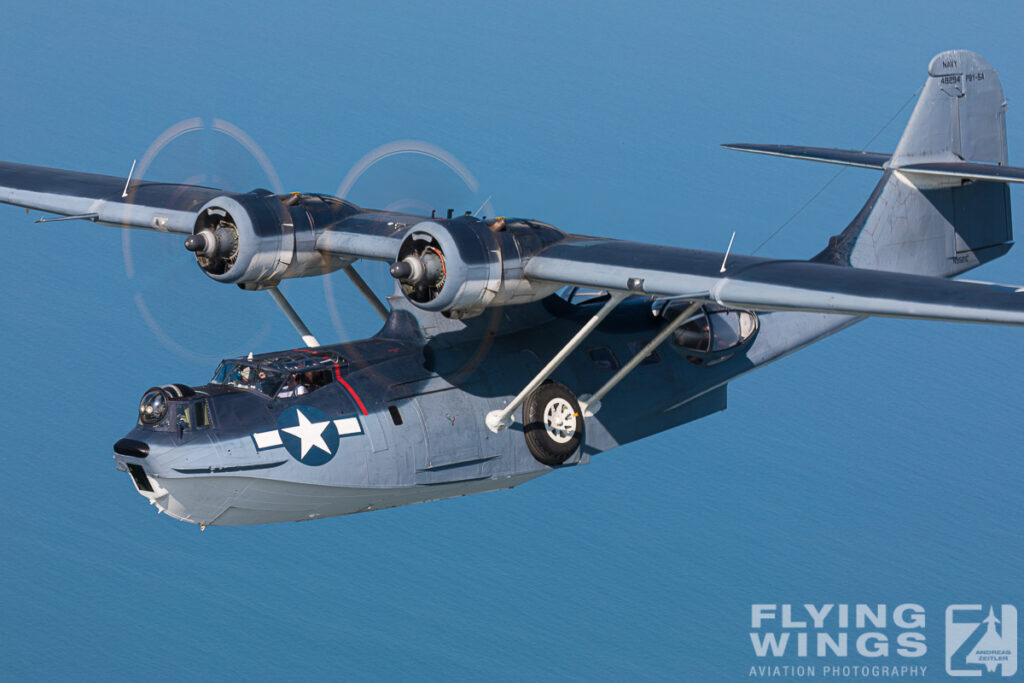
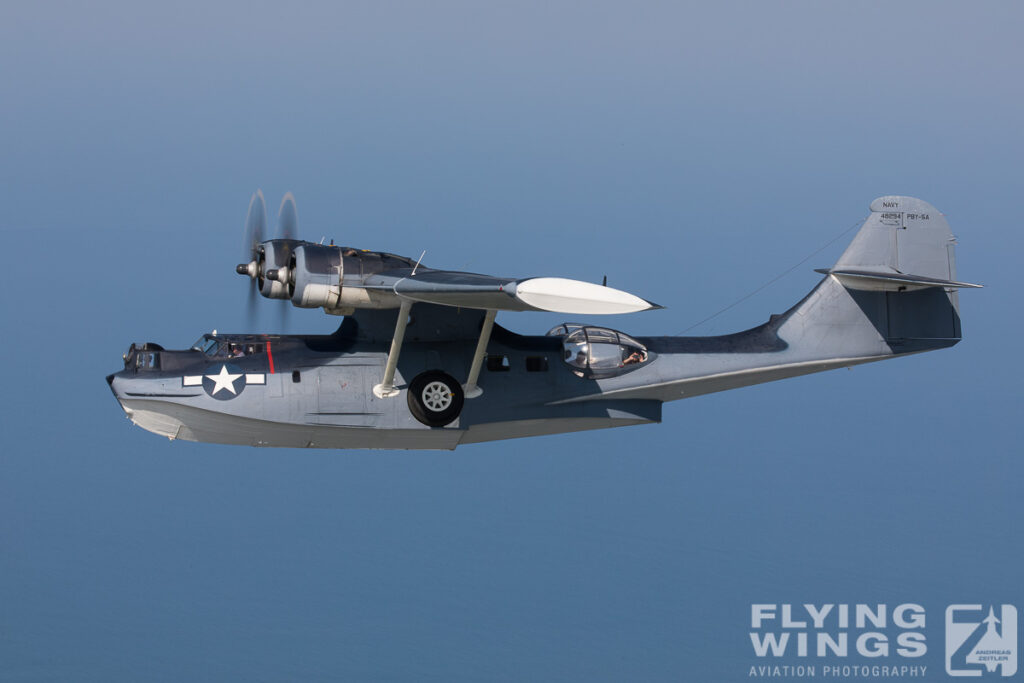
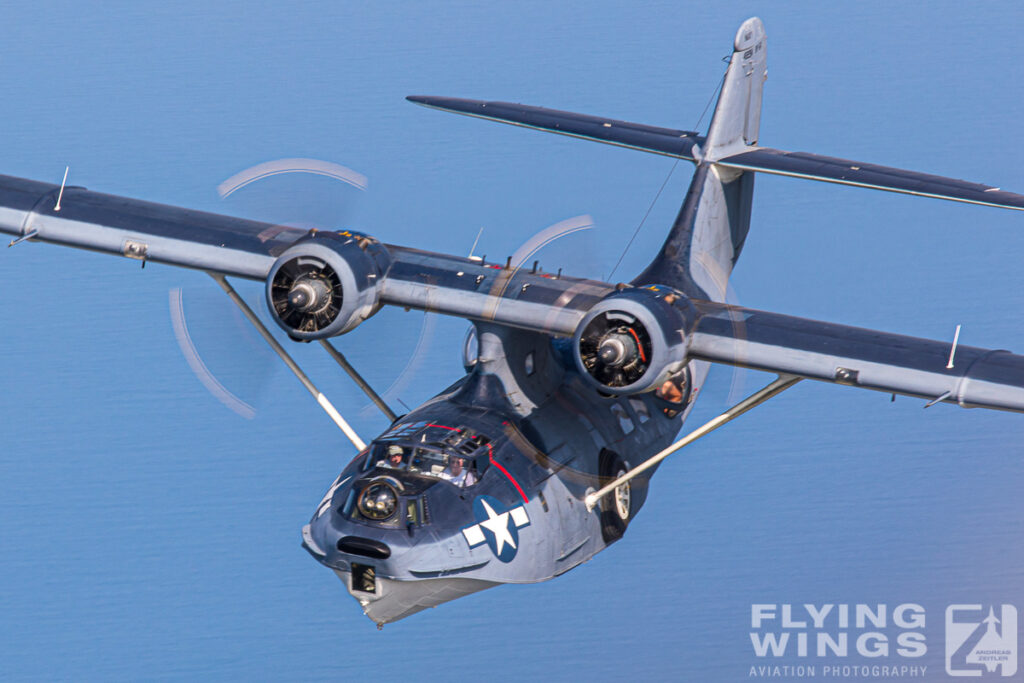
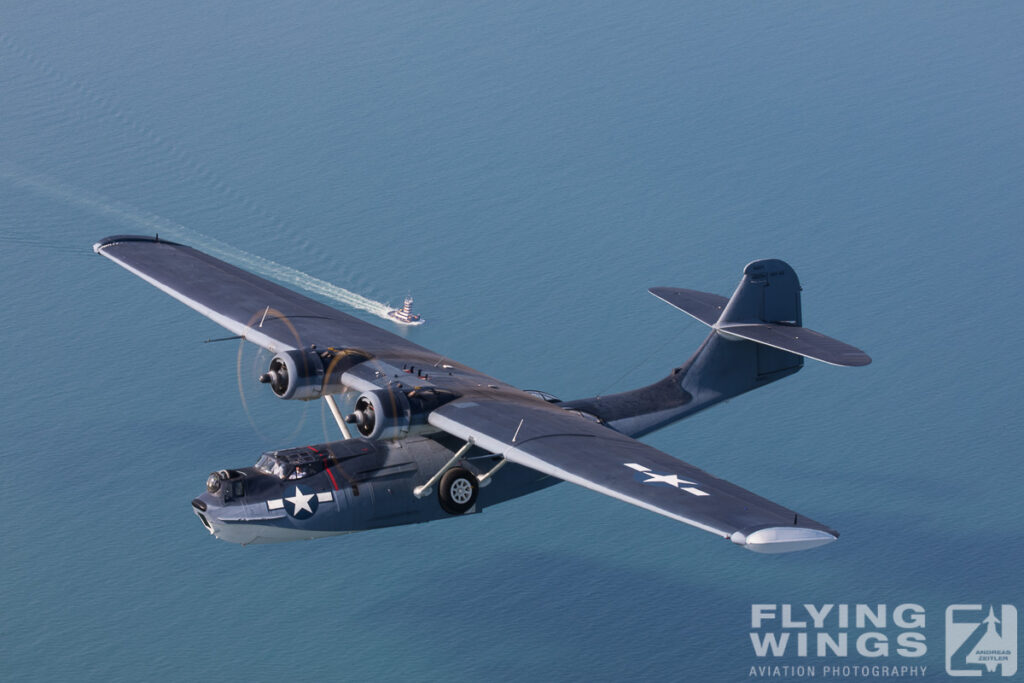
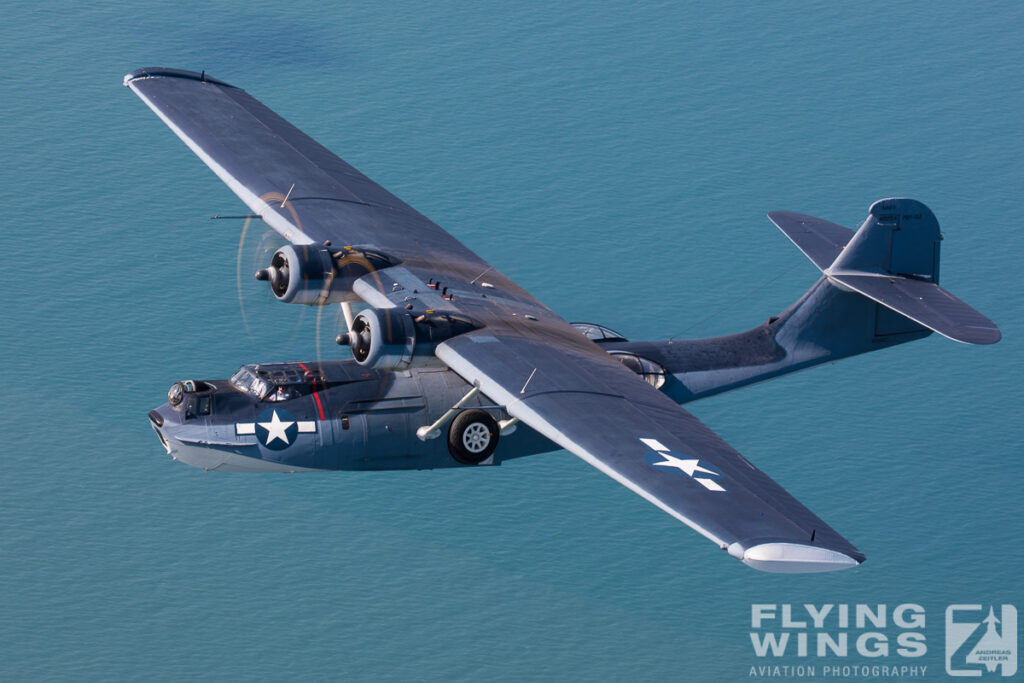

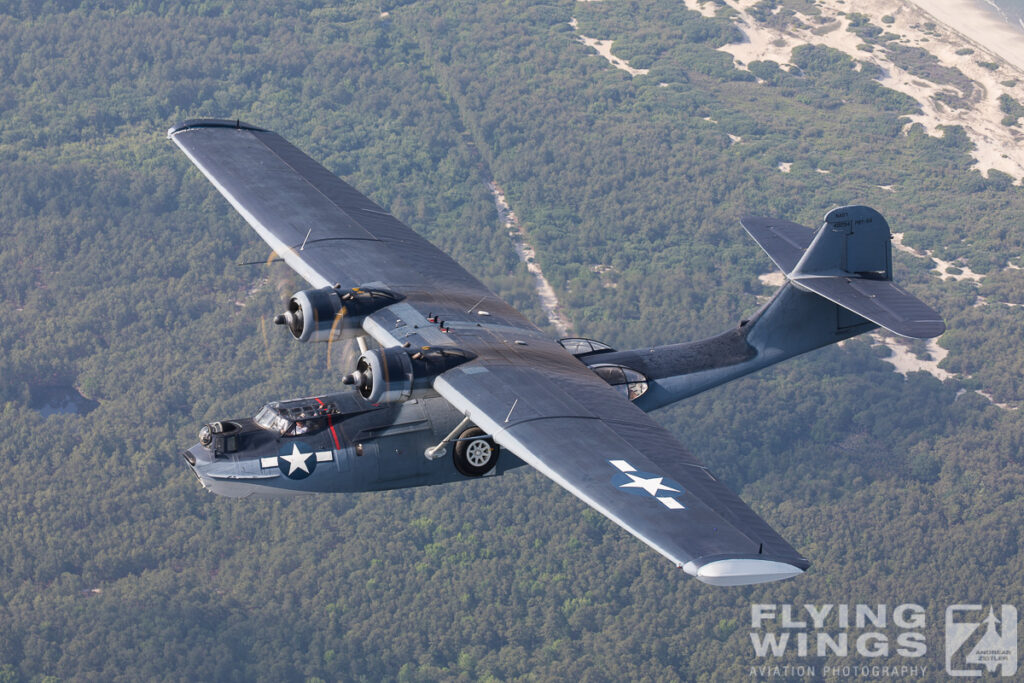

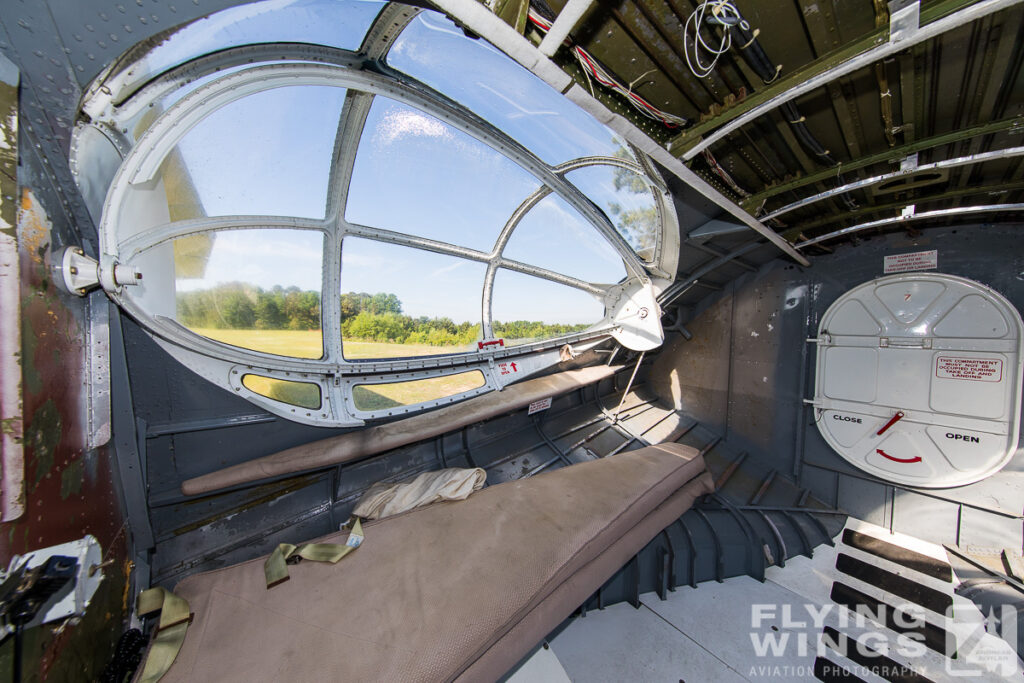
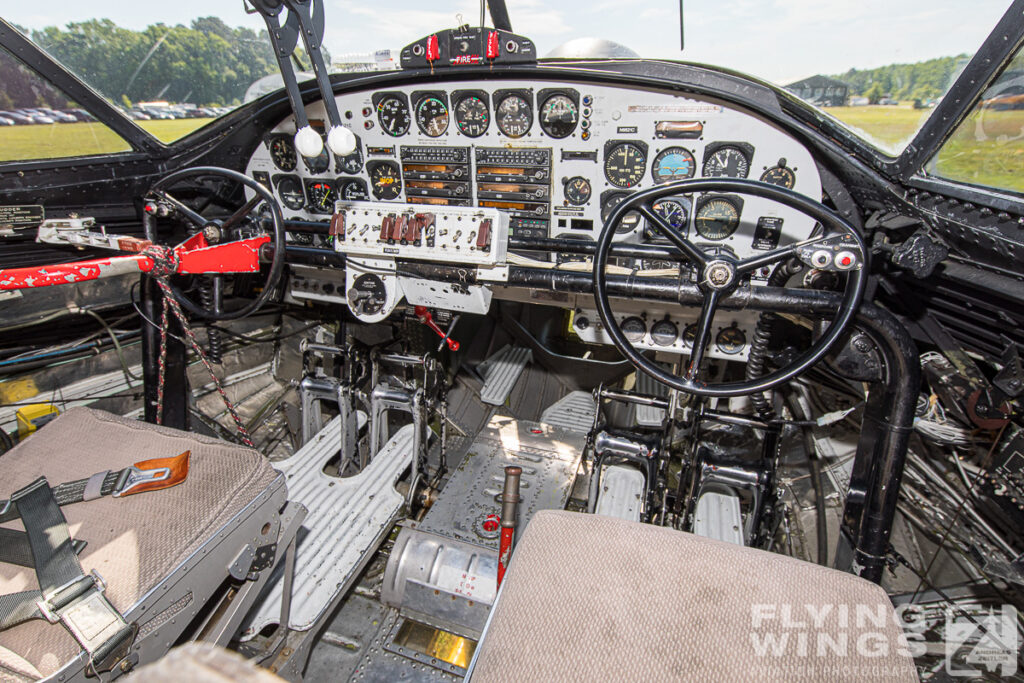

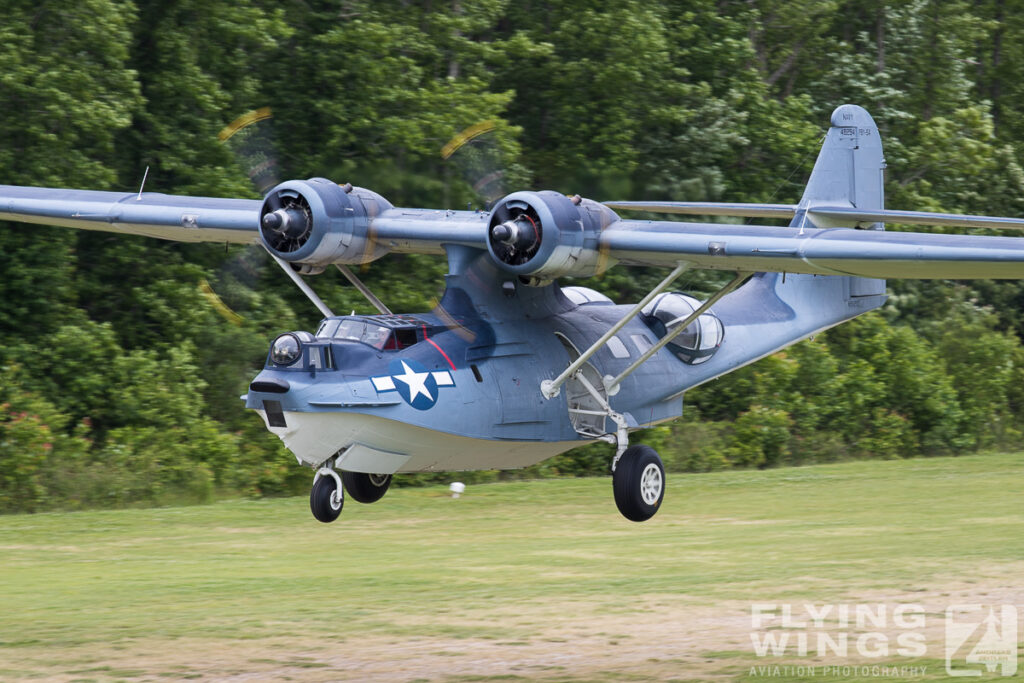
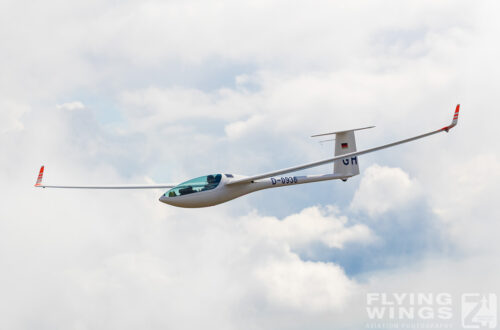
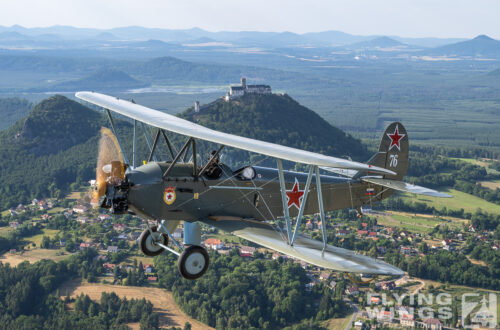
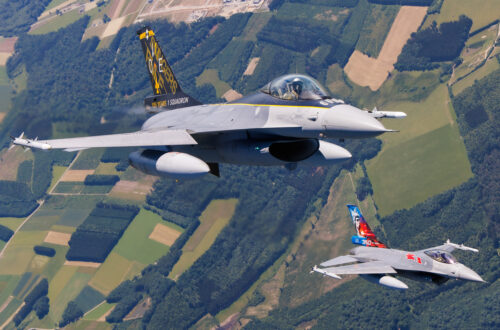
2 Comments
James Long
The TWA Captain mentioned was a friend of mine. Plane was kept at the Sonoma County Airport in Santa Rosa, CA.
I worked and flew on this Cat for a few years.
Two brothers on the crew reconfigured the old Clipper Nose to its present turret configuration. In 1994 the airplane exchanged hands at which time the blisters had already been installed by a restoration company I had worked at during that time. Plane ended up flying to Europe to its new owner.
andreas
Hi James, this is very interesting information. Thanks a lot for adding it!
Feel free to contact me directly if you have any more info to share on this bird.